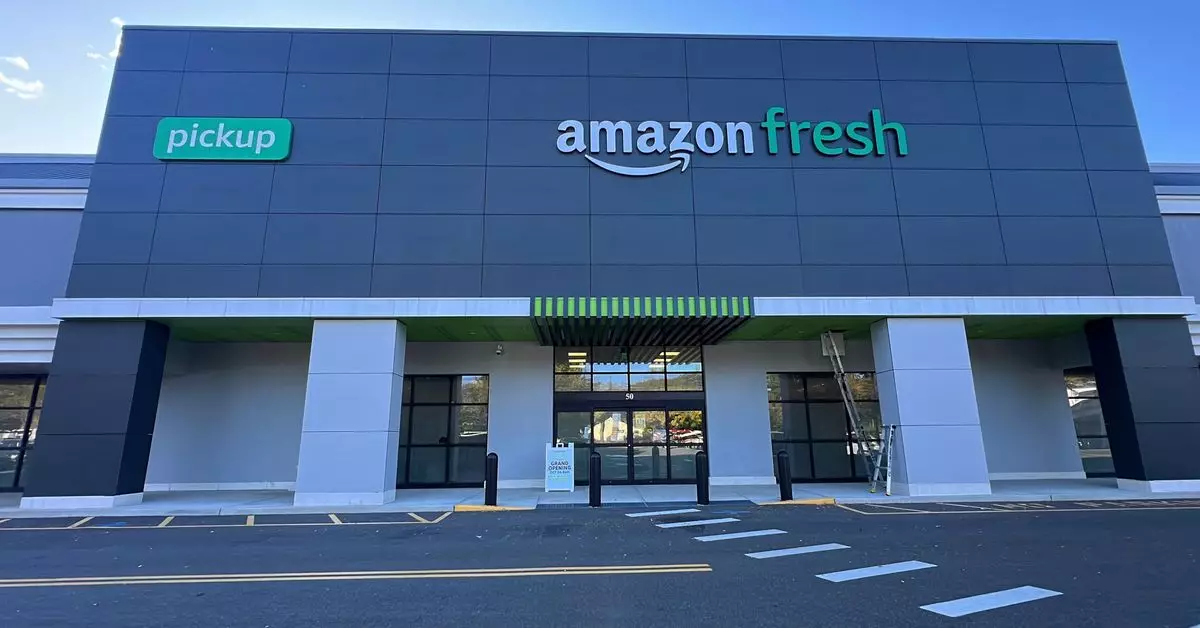Amazon continues to evolve its grocery business as it seeks to enhance customer experience and streamline operations. A recent report from The Wall Street Journal details ambitious plans that could significantly alter the landscape of online grocery shopping. The tech giant appears poised to merge the functionalities of Whole Foods and Amazon Fresh by experimenting with an integrated fulfillment network. This approach involves shipping products from Whole Foods to customers using the infrastructure of 26 Amazon Fresh fulfillment centers. By fostering a synergistic relationship between the two entities, Amazon aims to create a more seamless shopping experience for consumers.
Microfulfillment Centers: A New Era of Convenience
As part of its strategic expansion, Amazon is contemplating the establishment of a microfulfillment center within an existing Whole Foods Market in Pennsylvania. This initiative is particularly noteworthy as it symbolizes not just a physical presence for Amazon’s groceries, but also a potential shift in the operational model of traditional grocery stores. By equipping these microcenters with Amazon Fresh products, Amazon is effectively allowing customers to shop for an extensive range of goods—from organic fruits to everyday household items—all under one roof. This could dramatically alter consumer behavior, encouraging shoppers to rely on Amazon for a broader spectrum of grocery needs.
Amazon’s exploration of an “Amazon Grocery” section inside a Chicago Whole Foods raises intriguing possibilities. By offering products and brands that might not typically align with the upscale positioning of Whole Foods, Amazon aims to cater to a more varied customer base. This experiment not only enriches the shopping options but also creates a unique shopping environment where juxtaposed brands coexist. Imagine picking up organic avocados and then reaching for a bag of Cheez-It crackers without stepping outside the store. This hybridization could potentially redefine grocery shopping norms, compelling other retailers to reassess their strategies.
As Amazon pushes forward with these initiatives, it confronts the realities of a fiercely competitive grocery landscape dominated by major chains like Walmart and Kroger. Both companies have established comprehensive distribution networks that service their physical stores efficiently. By refining its grocery offerings and testing new models, Amazon is clearly attempting to carve out a significant share of this lucrative market. The intent here seems focused on scaling operations to appeal to online customers increasingly seeking convenience and variety in their shopping choices.
Interestingly, this expansion comes alongside Amazon’s decision to withdraw from certain experimental programs, such as the Just Walk Out technology and some cashierless checkout systems. This pivot showcases Amazon’s willingness to reassess its platform and focus on strategies that align more directly with consumer needs. The ongoing refinement of their grocery operations demonstrates a valuable learning curve, where past trials inform future initiatives aimed at efficiency and customer satisfaction.
Amazon’s innovative approach to merging its grocery entities into a more cohesive, user-friendly platform signifies not only a shift in the retail strategy but potentially sets a new standard for grocery shopping altogether. As these experiments unfold, consumers may ultimately benefit from an enriched shopping experience that leverages the full power of Amazon’s vast logistical network.


Leave a Reply
You must be logged in to post a comment.